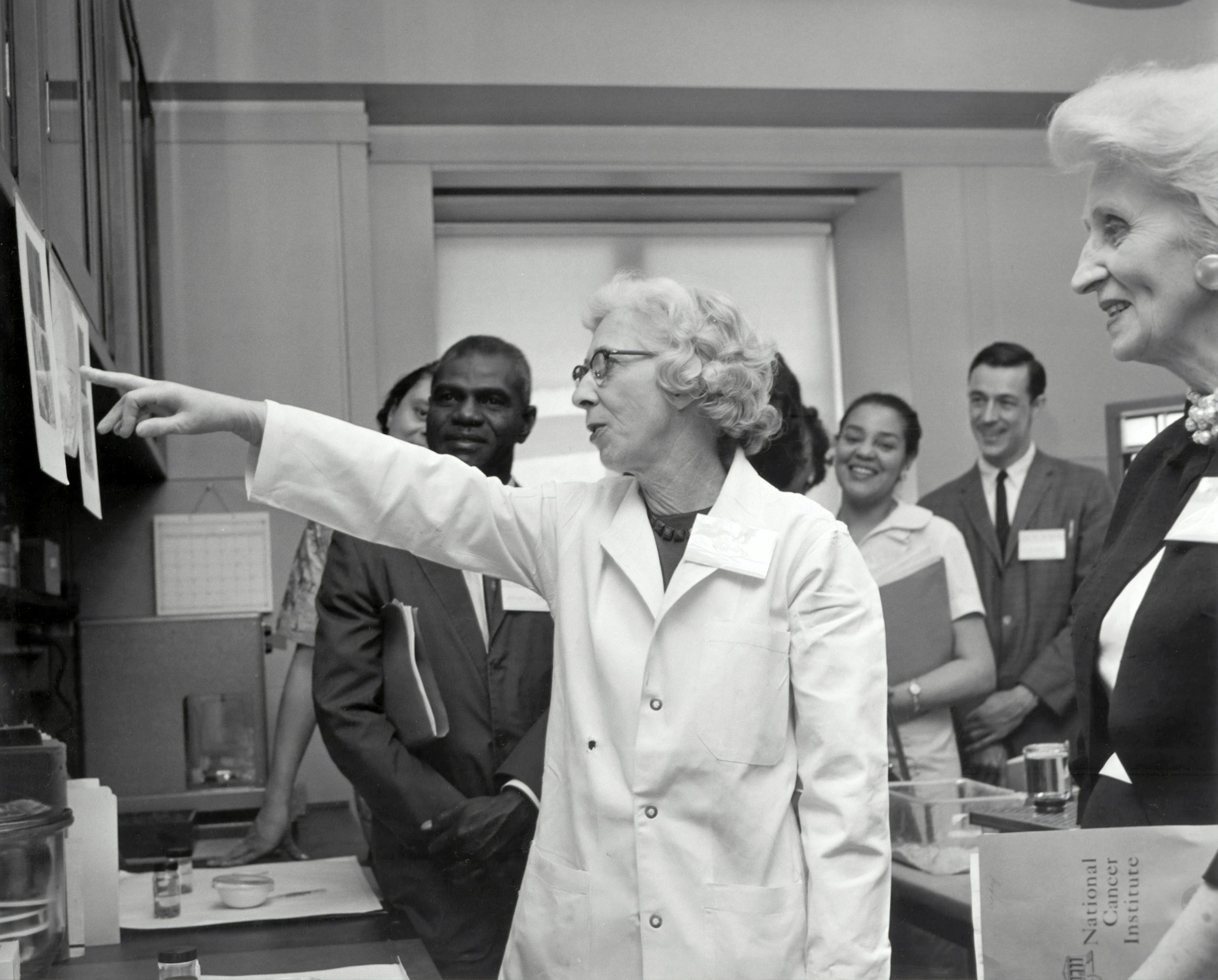Rome wasn’t built in a day, but their concrete can withstand the ages: around 2 millennia to be precise.
There are many intriguing stories of ancient materials with fascinating properties but long-forgotten methods of production, like Damascus steel, the supposed chromium plated blades of the terracotta army, and Roman concrete. However, more light has been shed onto Roman concrete recently, a material used for breakwaters and harbours by the Romans.
Unlike modern-day concretes, when fully or partially immersed in seawater, Roman concrete’s mechanical properties improve with time, with a lifespan twice that of modern-day concretes. The Romans were lucky to have suitable volcanic ash and rocks nearby them to use for their concrete, along with lime and the final ingredient, seawater.

Seawater works its way into the structure of the concrete and reacts with the volcanic crystals and glasses that are contained in the concrete mixture, to produce two minerals in their place: the rare Al-tobermorite, and phillipsite.
It is thought that these two minerals, increase the ductility, tensile strength and toughness of this concrete compared to our modern-day concrete. Our modern-day concrete is reinforced with steel, forming the ceramic-matrix composite, commonly known as reinforced concrete. The steel improves the ductility and tensile strength of the composite, giving us our staple engineering material, that which our titanic skyscrapers rely upon.

Reinforced concretes are damaged in these maritime conditions by the corrosive seawater, and more crucially the steel reinforcements corrode as well. The expansive reactions with the steel induce a stress on the brittle matrix, forming and propagating cracks. The two minerals formed in Roman concrete however increase the toughness of the concrete, preventing crack propagation within the concrete, and give it the needed ductility: hence no reinforcements needed.
Presently we cannot fully reproduce Roman concrete, as we do not know the precise processing methods the Romans used, also the proportions of the raw materials used. With our new knowledge of this chemistry, we have started to resurrect an ancient wonder material. This brings us closer to longer lasting and better bridges, and to coastal erosion reduction devices, improving our infrastructure and coastlines.
This is one of the niceties of the sciences: for that which is lost, can be found.





